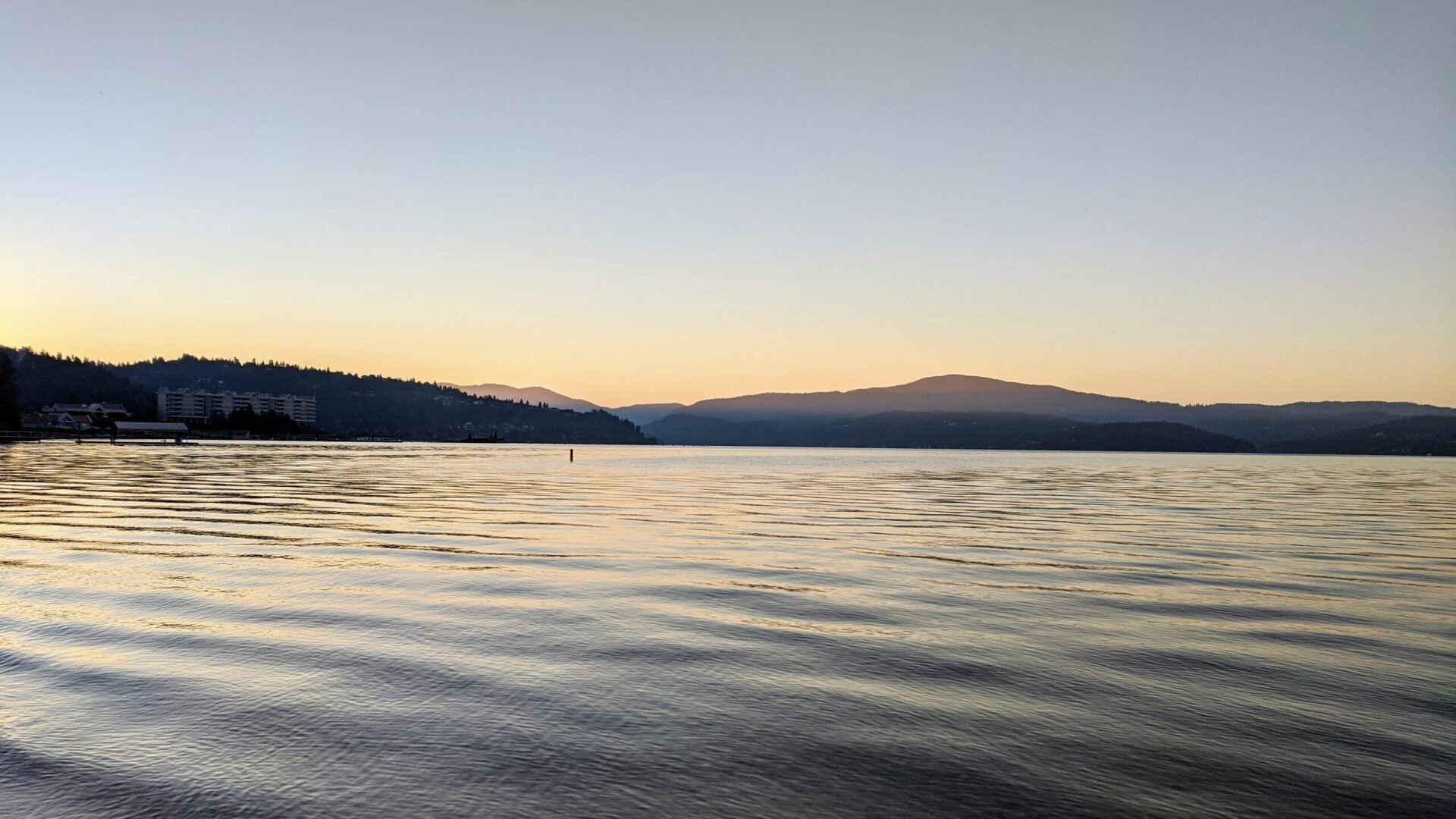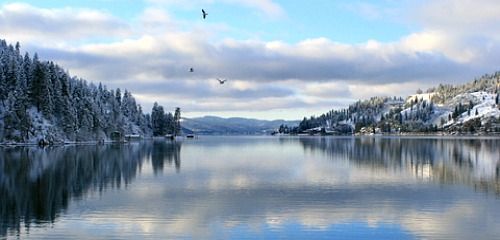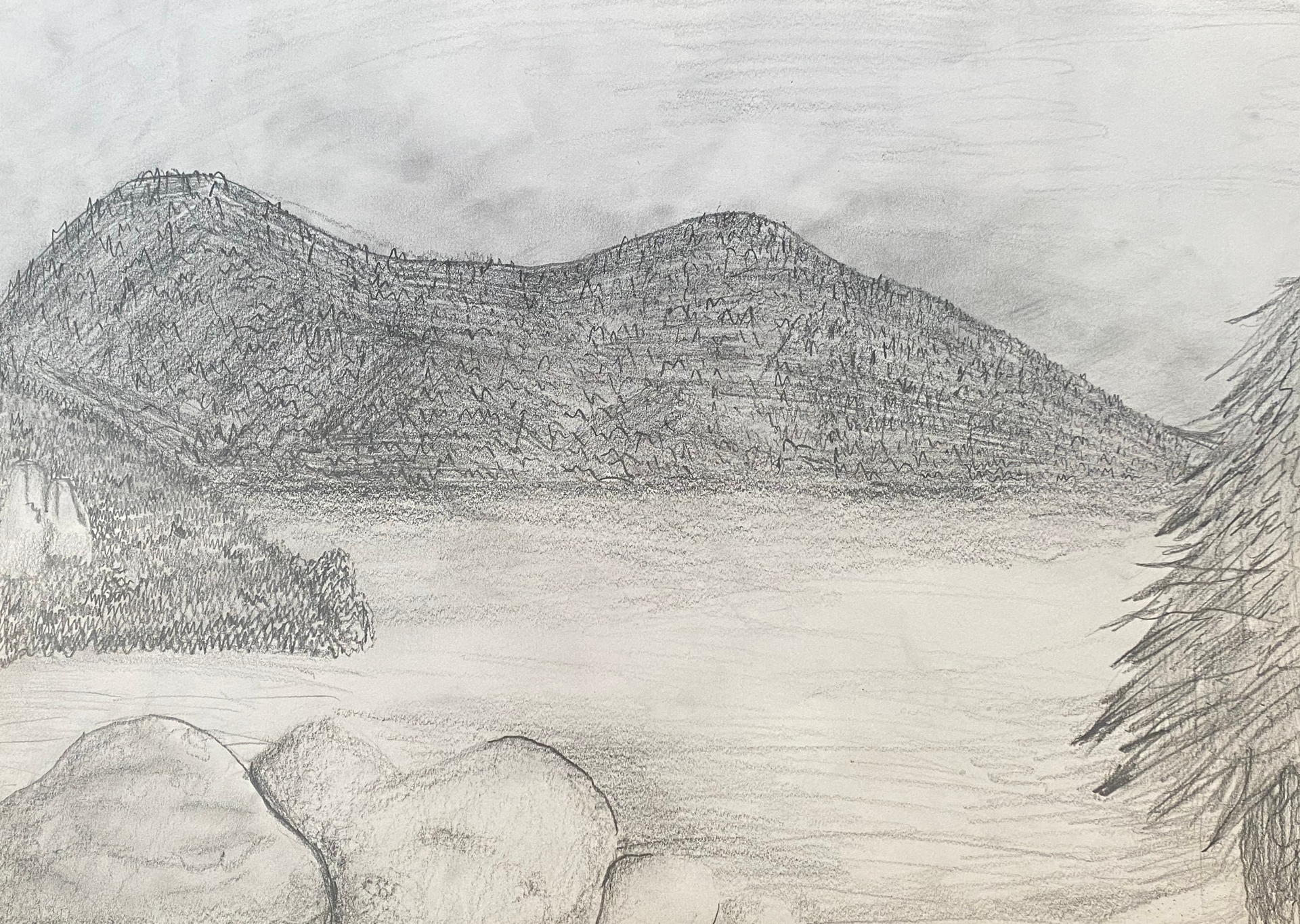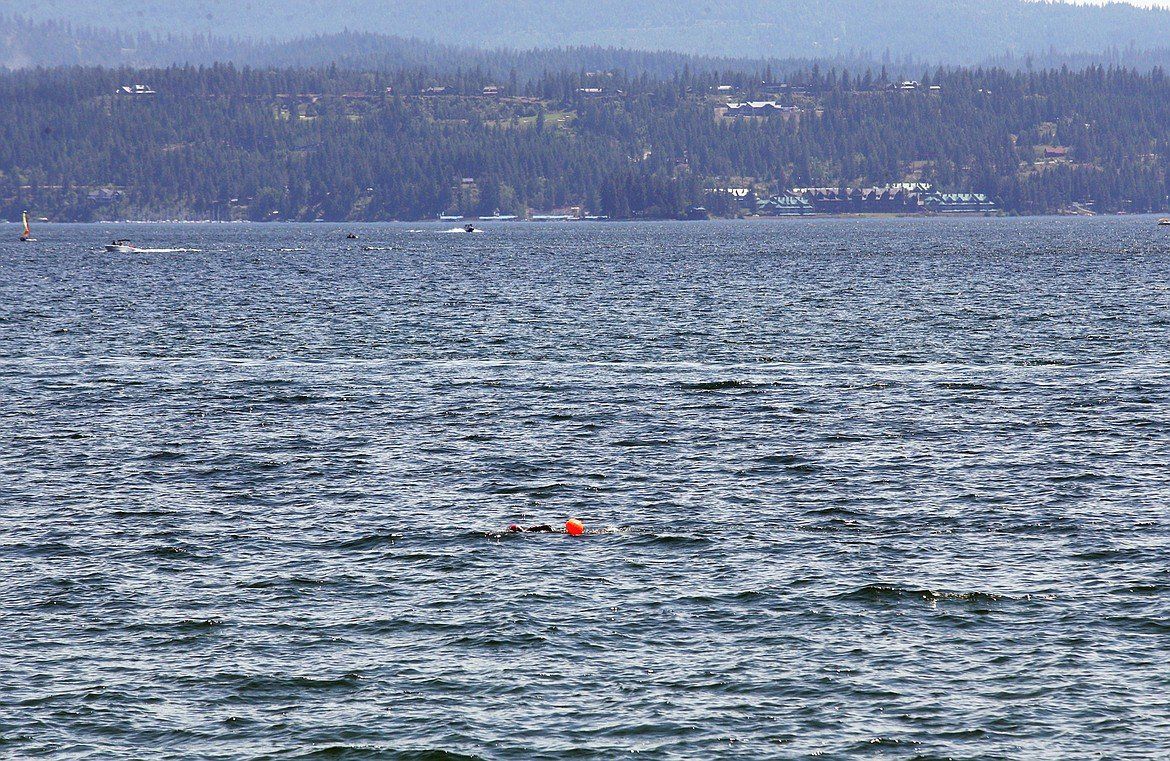A Brief History of Wastewater Treatment in Coeur d’Alene
Jul 17, 2021
Over a century, the city added more than 200 miles of pipes and three levels of treatment to make our water clean.

As a community grows, so too does the need to treat the byproducts of people living close to one another. One of those byproducts — wastewater — can be devastating to the community if not treated. Outbreaks of diseases such as cholera drove many of the developments of sewage collection and treatment in the mid-19th and early 20th centuries.
In Coeur d’Alene, the first sewage collection pipes were installed in 1906. This original system consisted of eight miles of various size vitrified clay piping. There was no treatment of the sewage. The system simply conveyed the city’s sewage to the Spokane River.
By the late 1930’s, the city’s population grew to between 9,000 and 10,000 people, and it was clearly time to expand the collection system. By now, centralized treatment of wastewater was known to be beneficial to protect the population. On Aug. 1, 1939, the sewage disposal plant was completed in the same location as the original outfall pipe. This spot had the advantage of not only existing infrastructure, but it was at a very low elevation. Most collection pipes still to come would flow here without the aid of pumps. This original plant had multiple processes including both primary and secondary levels of treatment. Secondary treatment was quite new and would not become part of standard methods for decades. Along with the two main methods of treatment were several side stream treatment processes that we still use today including grit separation and sludge digestion. There was even reuse of the digested and dried solids to support local crops.
Although much has been added since the first sewer system was installed over a century ago, the basic concept remains the same. We continue to utilize gravity rather than pumps to convey the wastewater through the community. Our system has grown from eight miles of pipe to over 220 miles.
Our sewage disposal plant is now a water resource recovery facility, but it still uses primary clarifiers — the original plus two more — for settling out the solid matter and trickling filters for biological, secondary treatment.
In 2009, the wastewater department began a trial of several methods to further treat wastewater, targeting phosphorous and ammonia nitrogen. Membrane technology came out as the clear winner and, since 2018, all wastewater has received a third level of treatment where it is passed through ultra-filtration membranes. This treatment removes 99% of the phosphorous, 90% of the ammonia (99.9% in the summer), and virtually 100% of the suspended solids from the wastewater before disinfection and discharge into the Spokane River. The ammonia is removed through a biological process that is more efficient as the temperature rises in the summer. This is the reason for the variance from summer to winter performance.
The result of this treatment is water that is cleaner than the river into which it is discharged.
What can you do to help protect our environment? Flush wisely. Only the 3 p’s should go in the toilet: pee, poop and toilet paper. Wipes, garbage, single use plastics, prescriptions and chemicals all have an appropriate disposal method that does not involve a toilet. For more information, visit the Coeur d’Alene wastewater website.








